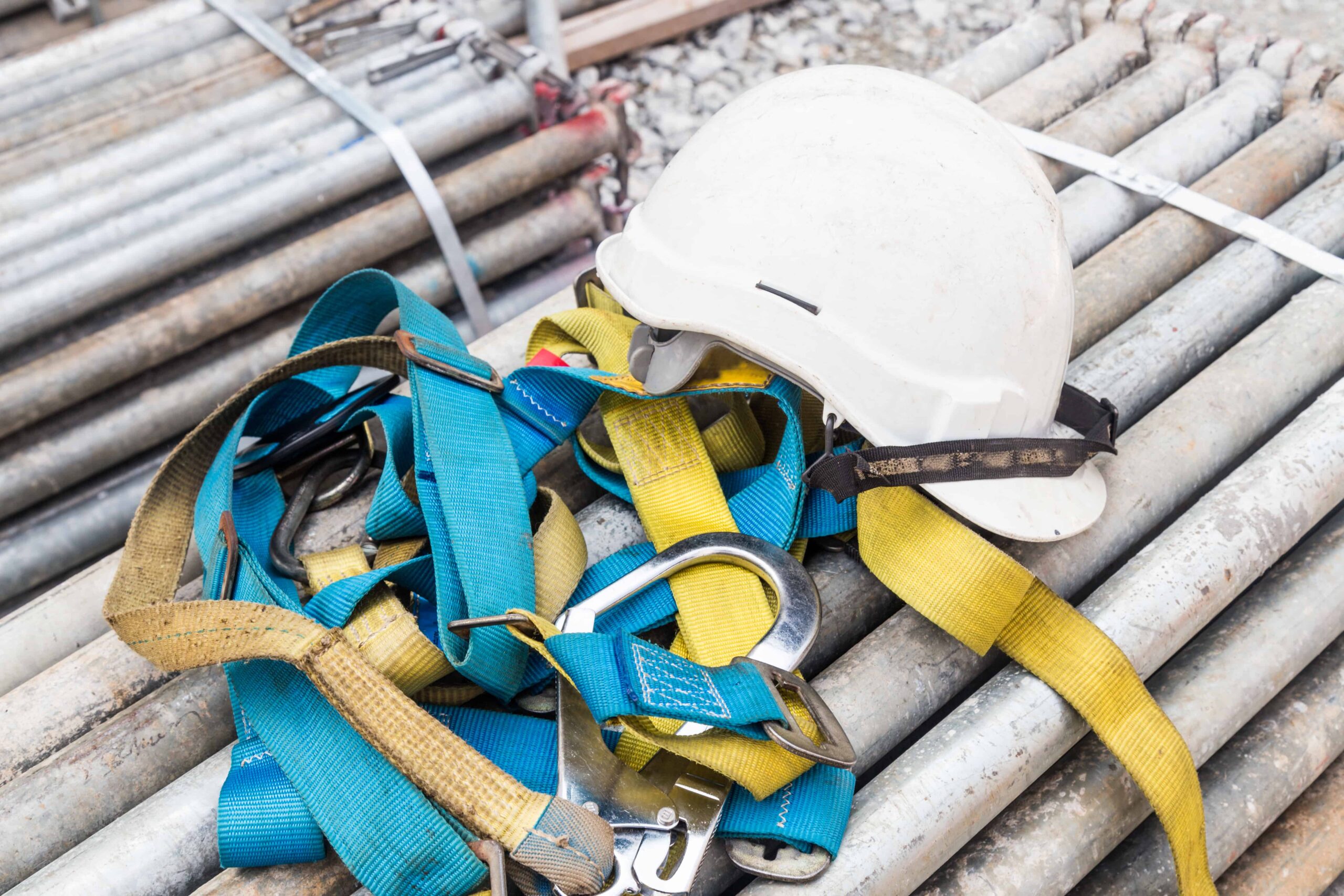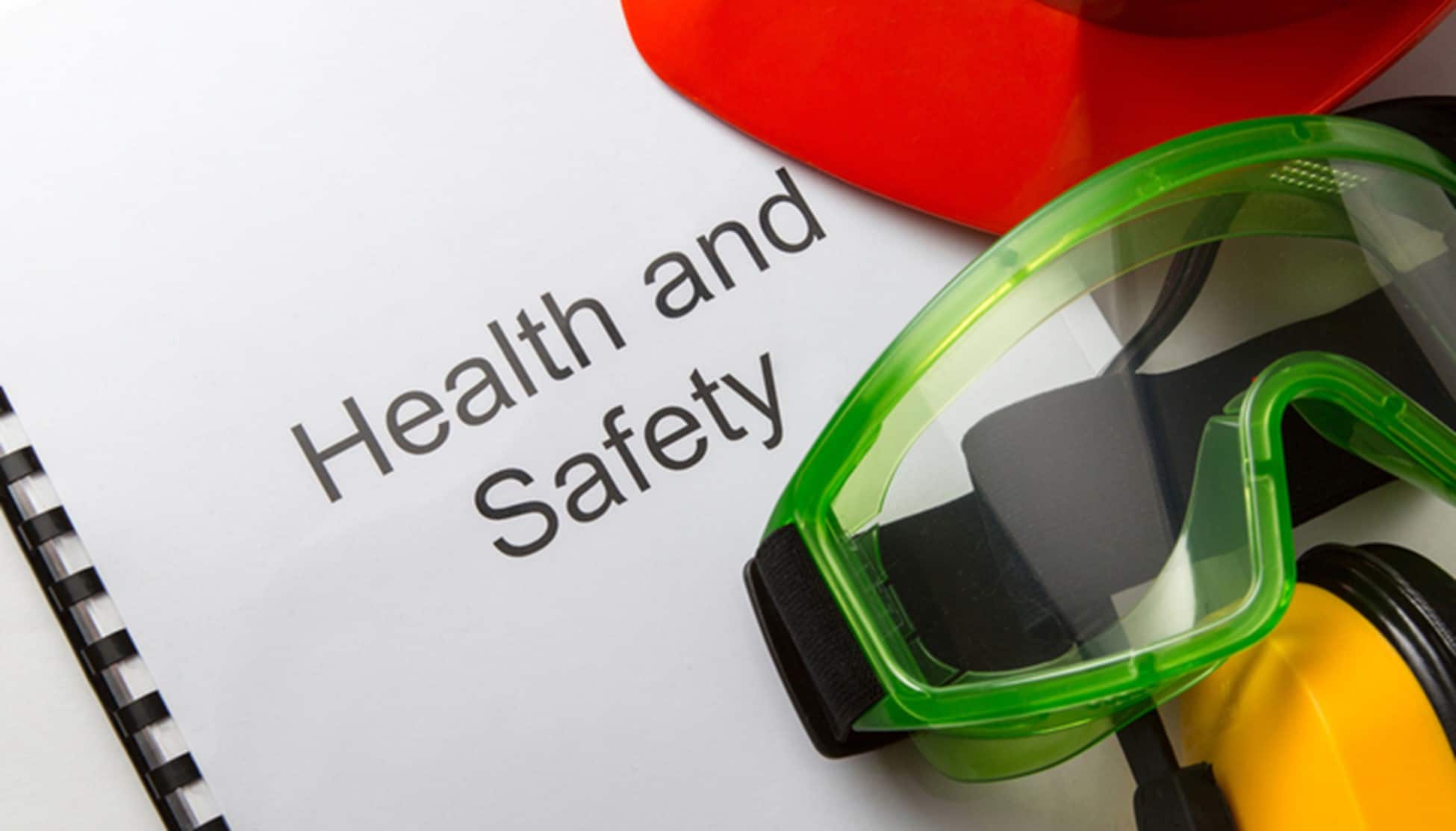
Most of us know that “prevention is much better than cure.” However, when it comes to business, not all organizations take this adage to heart. In fact, 1 out of 10 small business employees in the United States feel that their own employers do not take occupational health and safety seriously. Also, just 87% of workers in companies with fewer than 10 employees say that safety and health in the workplace are a top priority. By comparison, 96% of employees in bigger organizations feel the same way.
Statistics also show that 17% of employees working in small businesses never received any kind of health and safety training. And when it comes to companies with fewer than 10 employees, that number is closer to 25%. In addition, 40% of these employees have stated that their employers do not display any Occupational Safety and Health Administration (OSHA) workplace safety materials throughout their facilities. Because of these facts and others like them, over 104 million cumulative production days were lost in 2017 as a direct result of work-related injuries.
There are numerous types of safety hazards that can lead to workplace accidents. Below are some of the most common.
Common Workplace Accidents
- Slips, Trips, and Falls – No matter the nature or environment of a job, slips, trips, and falls account for the most accidents in the workplace. When it comes to the construction industry, in particular, these types of safety hazards are among the so-called “Fatal Four.” In fact, of the 1,008 work-related deaths in the construction industry in 2018, a whopping 338 (33.5%) were a result of falls. Everything from an unmarked hole, not wearing safety gear, to something seemingly as inconspicuous as a messy workspace or a recently washed floor can become a safety hazard and lead to serious injury, sizable insurance claims, or even death.
- Machinery-Related Injuries – Also part of the Fatal Four workplace injuries within the construction industry, machine-related accidents are the most common. These are broken down into “Struck by Object” and “Caught-in/between” with 112 (11.1%) and 55 (5.5%) deaths in 2018, respectively.
- Electrocutions – In 2018, electrocutions accounted for 86 (8.5%) deaths in the construction industry. It should go without saying that electricity is one of the most prevalent safety hazards in the workplace. Poorly trained employees can seriously injure themselves and others, as well as create significant property damage. Faulty equipment can also be a serious risk and should immediately be inspected before continuing to use it.
- Fire – Fire is also one of the most distressing and destructive workplace accidents and can result in truly horrific injuries to anyone unlucky enough to become a victim of it. Fire training courses can help employees detect any existing fire hazards, how to remedy them, and what to do in the event of a fire to ensure that any such tragedy can be avoided. Poorly maintained electrical equipment, along with improperly handled and/or stored combustible materials, can all be classified as fire hazards.
How Does Safety Training Prevent Accidents?
One of the main objectives of safety training is not only to comply with state and federal regulations but also to avoid accidents and help prevent workplace injuries. This is done by providing employees with the necessary knowledge on how to work safely, what to do and not to do in certain situations, how to use personal protective equipment, how and why you should perform a safety audit on a regular basis, and more. They can apply this information and put it into practice for preventing workplace accidents.
It is, however, important to keep in mind that safety training, on its own, will not be able to remove the risk of accidents entirely. What these courses manage to achieve is to provide your workforce with the necessary knowledge on accident prevention and how to lower the risk of injury and illness in the workplace.
When it comes to safety in the workplace, prevention is far more productive and preferable than having to deal with the aftermath of an accident. In some cases, it may not even be possible to completely reverse the effects. Such is the case with permanent disability or death. Preventing accidents is also heavily reliant on the workforce actually applying common sense and following the instructions given during their health and safety training. Even if the employer has provided all of the necessary protective equipment, the employee needs to use it and use it correctly. Otherwise, that equipment will only provide a false sense of security.
A good environmental health and safety business practice is, nevertheless, an ongoing process. It requires frequent risk assessments, safety audits, effective monitoring procedures, as well as consulting and training.
The Benefits of Health and Safety Training
With every type of job, there are numerous tasks that could put the employee’s life in danger, along with the well-being of their fellow workers. Workplace dangers, such as slips, falls, fires, electrocution, Covid-19 contamination, and more, are all too real. Health and safety awareness training work by providing your staff with the knowledge on how to avoid accidents by identifying occupational hazards in their workspace and how to find different solutions for eliminating those hazards whenever they present themselves. Below are some of the main benefits that health and safety training has to offer.
Increased Hazard Awareness
No matter the industry, every workplace has its own set of safety hazards. A messy workspace or a loose electrical cord can pose a trip-related accident. Storing heavy boxes at incorrect heights can not only lead to a back injury but can also fall on those below. In this context, employee training will educate about the existence of these hazards, how to identify them, and how to address them properly.
Reducing Accident and Injury Incidence
Training will not guarantee complete workplace safety, but it will put your workforce in the best position to avoid hazards and reduce the number of accidents and illnesses to the lowest possible levels. Therefore, it’s in every company’s and employee’s best interest to take part in a comprehensive safety program.
Increased Productivity and Investment in Workplace Safety
Effective health and safety training will also boost productivity within the organization. Not only does it mean that there will be fewer illnesses and accidents, which implies less employee downtime, but also increases the feeling of security at work. This, in turn, has a significant boost to employee morale that will also improve the overall productivity.
Employees and businesses don’t only need to worry about physical injury and illness. Emotional wellbeing and mental health are also major concerns. Stress, for example, is known to have long-term negative effects, affecting both the employees and their output in the workplace. Some health and safety training will provide strategies on how to cover stress and overexertion in the workplace.
Such a comprehensive safety program will also help by increasing the employees’ investment in the process, creating a safety culture within your organization. It’s well documented that the promotion of health and safety in the workplace will also lead to the employees taking individual responsibility. This means that the entire team will actively look for and resolve any hazards that may exist.
Lower Employees Turnover Rates
One of the biggest struggles facing most businesses is maintaining a highly-professional workforce. Companies will have to spend a lot of time, energy, and resources in finding, hiring, and developing an effective team. Investing in regular health and safety training programs will show your employees that you value their safety and presence, helping you to increase their retention rate.
Safety Regulations Compliance and Lower Costs
It should also go without saying that there are significant legal concerns when it comes to adhering to all required regulations. Aside from the general wellbeing of their employees, businesses also have to take into account the carefully laid-out laws and responsibilities that surround workplace safety. Health and safety training is essential in ensuring compliance with these laws. In addition, safety training programs also help protect companies from potential lawsuits and compensation claims. When an employee is injured or becomes ill at work, the company could be liable for legal action. With a great health and training program, businesses are also protected.
And even though safety training requires some upfront financial investment, the benefits are well worth it. Workplace accidents and illnesses can be quite costly, not only in terms of lawsuits and compensation but also in terms of productivity loss. There are also potential indirect costs, such as having to repair damaged equipment or hiring replacement staff, among other such examples. Accident prevention due to safety training will help minimize these unnecessary costs.
By enrolling your employees in a health and safety training program, you will not only be ensuring their wellbeing and the functioning of your organization, but you will also be saving a lot of money in the process. If you have any questions or need health and safety services, please send an email to larry@safety4employers.com or give Larry a call at: 775-843-8318. We at Safety Associates for Employers, LLC will do our best to meet your needs and provide excellence in compliance, leadership, risk management, and training.








